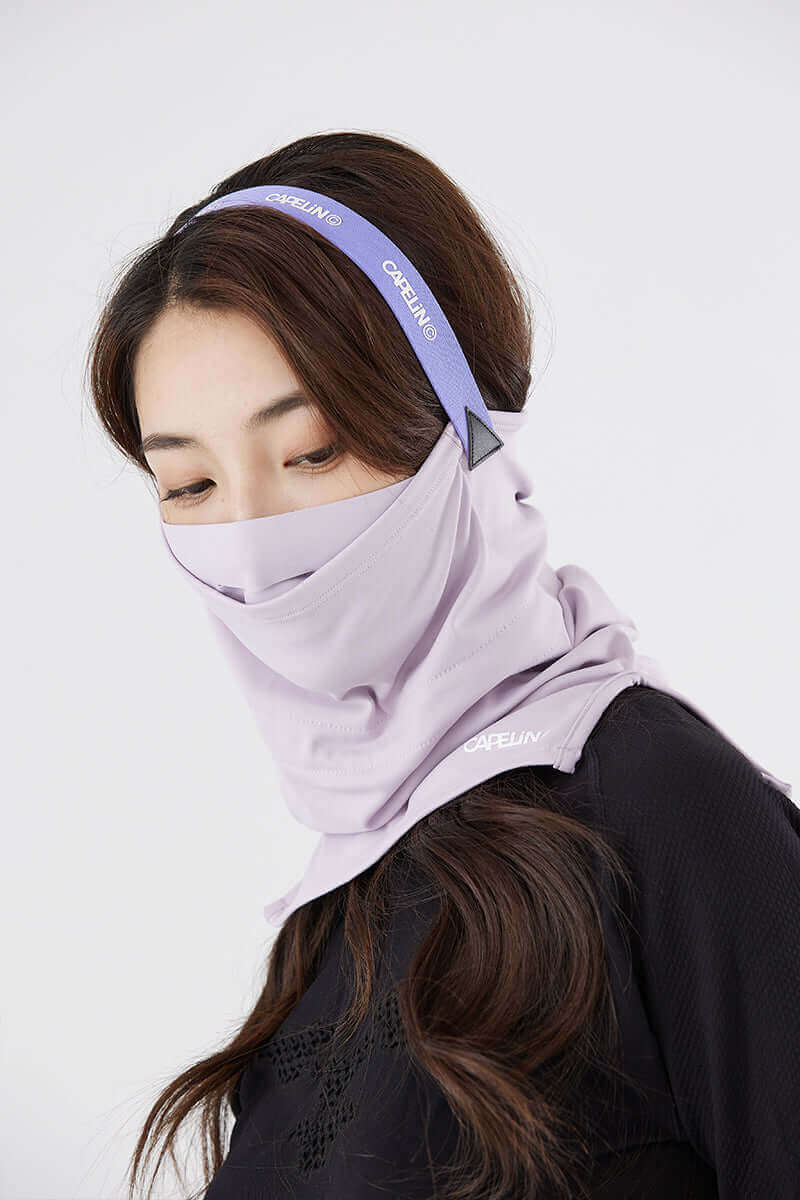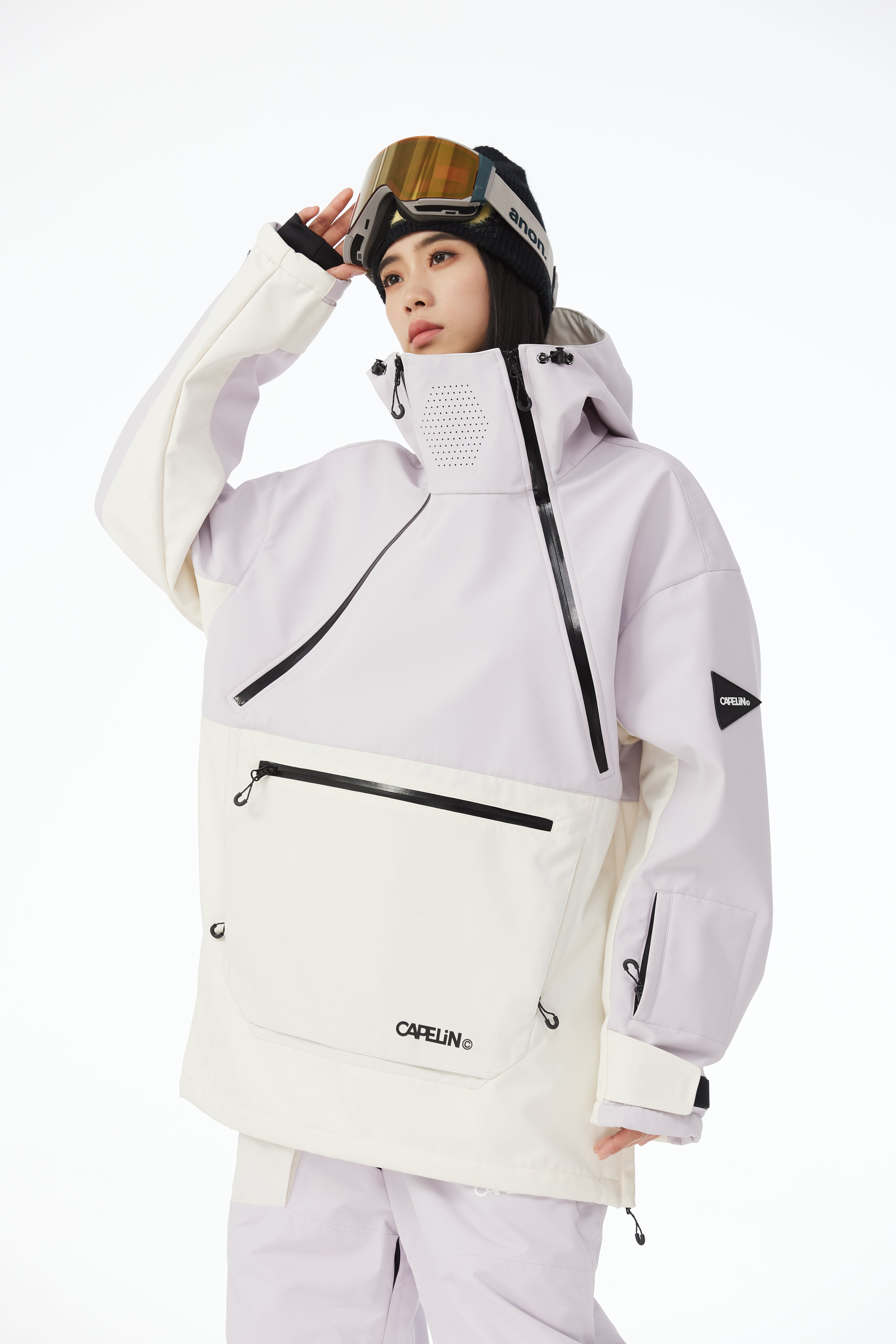Introduction
If you’re wondering, “what do you need for skiing?”, you’re not alone. Every first-time skier faces this challenge. Skiing demands specialized gear that balances safety, warmth, and performance. Without it, you risk discomfort, injury, or a shortened ski day. At Capelin Crew, we’ve spent over a decade refining ski kit lists for beginners. This guide strips away the noise and focuses on the 4 non-negotiable categories that’ll transform your ski trip from stressful to sensational. Let’s dive in.
Contents
● Ski Gear Essentials: skis/boots/bindings/poles
● Ski Clothing Layers: The 3-System wearing rule: Ski jacket and ski pant.
● Ski Accessories needed: Face Cover, Gloves, Socks
● Ski Safety & Protection Gear: Helmet, Goggles, Protective gears
Ski Gear Essentials:
Skis/boots/bindings/poles
Skis, boots, bindings, and poles form the absolute core of your setup. Skis act as your floating platform on snow – their length, width, and flex dictate control and stability. Beginners should opt for shorter, softer skis that forgive mistakes. Boots are arguably your most critical investment: a poorly fitted pair causes pain and reduces responsiveness, while a snug (not tight) fit transfers energy efficiently to your skis. Never overlook bindings – these safety mechanisms release your boot during falls to prevent leg injuries, and must be adjusted by a professional to match your weight and skill level. Poles provide rhythm and balance during turns; their length should let your elbow bend at 90° when the tip touches the ground. Renting these items initially is wise, but if you ski frequently, invest in custom-fitted boots first – they’re the linchpin of your entire experience.
Ski Clothing Layers:
The 3-System wearing rule: Base Layer, Middle Layer and Outer Layer (Ski jacket and ski pant).
Skiing’s golden rule? Master the 3-layer system: base, mid, and outer-layer. This isn’t about piling on sweaters – it’s a scientific moisture and temperature management strategy. Your base layer sits against skin and must wick sweat away. Avoid cotton at all costs – it traps moisture, causing chilling and hypothermia risk. Merino wool or synthetics are ideal. The mid layer insulates; think fleece or lightweight down for adjustable warmth. Your outer layer – a waterproof ski jacket and pants – is your shield. Jackets need sealed seams, 10K+ waterproof ratings, under-helmet hoods, and powder skirts. Pants require reinforced cuffs and vents for temperature control. Bibs (overalls) excel here by blocking snow entry when you fall. This system lets you add/remove layers as temperatures shift, keeping you dry from both snow and sweat – the key to lasting all day on the mountain.
Base Layer:
Your Active Moisture Management System
The foundation of every ski outfit isn't what you see - it's the high-performance base layer working invisibly against your skin. CAPELIN CREW's X-WEAVE merino blend utilizes bio-mimetic fiber technology inspired by polar bear fur, with hollow-core channels that create capillary action to wick moisture 40% faster than flat synthetic fibers. At altitude where sweat evaporates nearly twice as fast as sea level, this isn't just about comfort - it's safety. Our testing in Colorado's backcountry showed cotton base layers retained 300% more moisture after 2 hours of skiing, dropping skin temperature by 5°C compared to technical fabrics. The strategic mesh zones behind knees and under arms feature varying knit densities to accelerate drying where you sweat most, while maintaining consistent warmth across less active areas. This precision engineering prevents the dangerous cycle of sweat-chill-fatigue that cuts most beginners' ski days short.
Mid Layer:
Dynamic Climate Regulation
Think of your mid layer as a smart thermostat for your body. During downhill runs when wind chill hits hardest, the 37.5® ceramic particles permanently embedded in the fibers actively absorb excess humidity to maintain ideal microclimate conditions. Unlike static down insulation that either overheats or compresses uselessly under backpack straps, our multi-directional stretch panels maintain 90% of loft even during aggressive carving. The real breakthrough comes in transitional spring conditions - the phase-change material in the shoulder panels absorbs excess heat during sunny lift rides, then slowly releases it when temperatures drop unexpectedly. This isn't insulation - it's predictive temperature management.
Outer Layer:
Your Stormproof Biomechanical Armor
The CAPELIN CREW Link Snowboard jacket represents the cutting edge of weather protection, engineered through 200+ hours of wind tunnel testing. The 22,000mm hydrostatic-rated GORE-TEX membrane isn't just waterproof - its pore structure (20,000 times smaller than water droplets but 700 times larger than vapor molecules) creates a one-way humidity escape valve. Strategic seam placement follows musculoskeletal mapping to eliminate rub points during pole plants, while articulated elbows pre-molded at a 15° flexion angle prevent fabric fatigue. The real innovation lives in the smart venting system - thermochromic zipper pulls change color when your core temperature rises 2°C above optimal, signaling when to activate the underarm vents. Meanwhile, the powder skirt's rare-earth magnetic closure system creates a perfect snow seal without restrictive elastic. This isn't a jacket - it's a wearable weather defense system that adapts as aggressively as you ski.
Ski Accessories needed:
Face Cover, Gloves, Socks
Never underestimate accessories – frostbite and discomfort often start here. A face cover (balaclava or neck gaiter) protects exposed skin from windburn and sub-zero temperatures; frostbite can strike in minutes on windy lifts. Gloves or mittens must be waterproof (10K+ rating) and insulated. Mittens outperform gloves in extreme cold by sharing warmth between fingers. Attach them to your jacket with leashes – losing one ruins your day. Ski-specific socks are non-negotiable: wear only one pair of merino wool socks (mid-calf height). Thick or multiple socks compromise boot fit, restrict circulation, and cause cold feet. These accessories tackle the "micro-climates" of your body – where heat escapes fastest – making them vital for comfort and safety.
Ski Safety & Protection Gear:
Helmet, Goggles, Protective gears
Your helmet and goggles aren’t accessories – they’re lifesaving equipment. A ski-specific helmet (with MIPS technology) reduces severe head injury risk by 60%. It must fit snugly without wobbling; bike helmets won’t suffice. Goggles do more than shield your eyes – they prevent snow blindness from UV rays (intensified at altitude), enhance contrast in flat light, and deflect wind. Choose anti-fog models with interchangeable lenses: dark tints for sunny days, yellow/rose for storms. For protective gear, beginners should consider wrist guards (most common injury) and knee pads. Advanced skiers venturing off-piste need avalanche transceivers, probes, and shovels – but only with proper training. This category keeps you alive and injury-free, letting you focus on the joy of skiing.
Conclusion:
Knowing what do you need for skiing transforms anxiety into stoke. With these 4 pillars – Gear Essentials, Clothing Layers, Accessories, and Safety Armor – you’ll ski warmer, safer, and longer. At Capelin Crew, we believe the right gear unlocks the mountains.
FAQ:
Q: Can I wear regular winter clothes instead of ski-specific gear?
A: Technically you can, however, it is not recommended. Regular winter jacket is not waterproof and is not designed for skiing. For example, when you fall on the snow, you will realize your winter jacket get wet, while your ski jacket won't. Meanwhile, your regular winter jacket won't have functionalities such as ski lift card pocket or snow skirt. Therefore, skiing in regular winter jacket is acceptable, but not recommended.
Q: How do I know if my ski jacket is waterproof enough?
A: Normally, waterproof level is tested in the labortory using water column to penetrate the jacket. Normal people won't be able to test the actual waterproofness, however, you can pour water on the jacket surface and test the water repellency.












